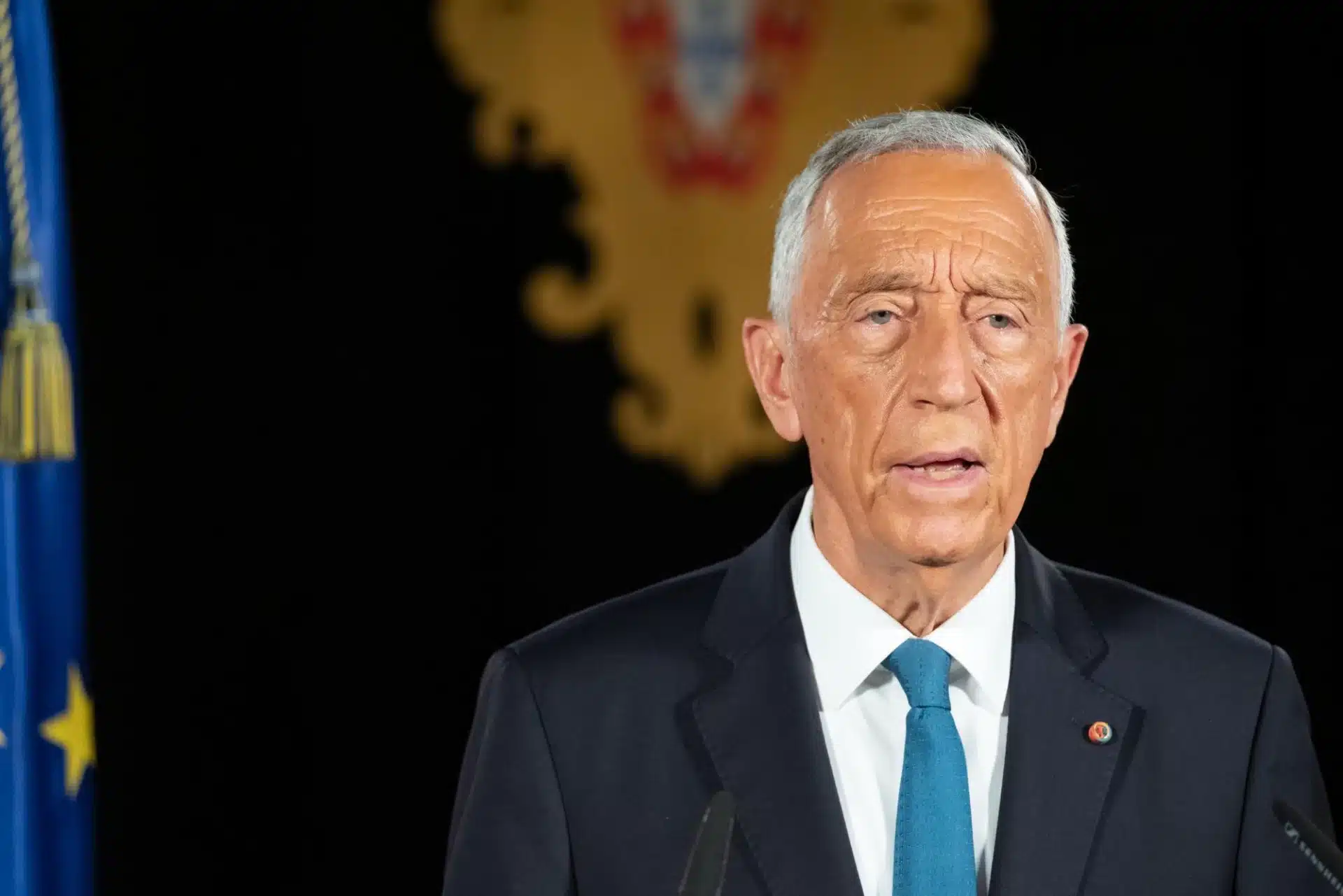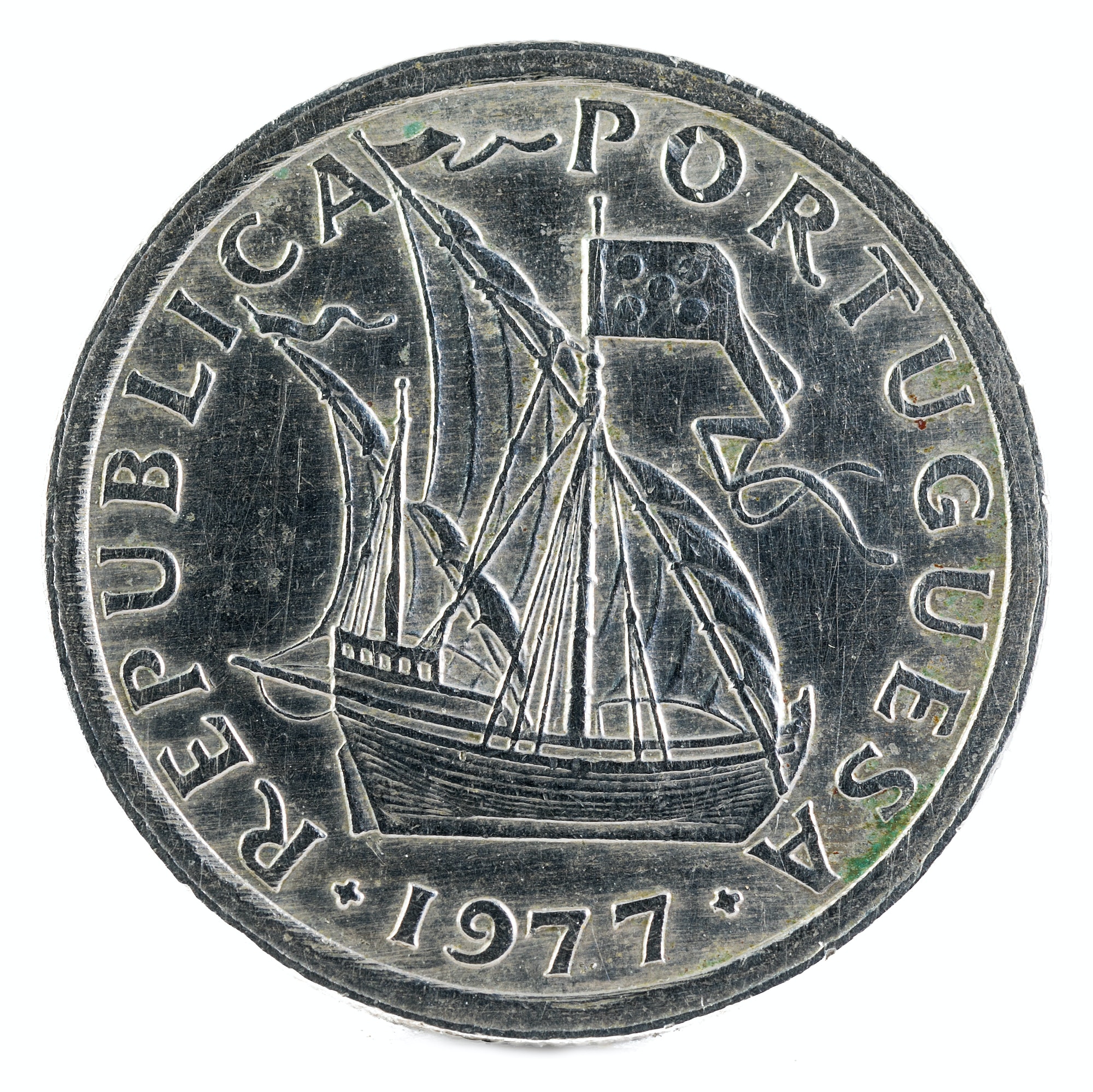During the Napoleonic Wars, the French invasion shattered the ruthless Iberian empires and paved the way for the exploited colonies to rise up.
Spain and Portugal once ruled two of the world’s greatest empires. The non-Christian world was divided by the Treaty of Tordesillas in 1494 along a meridian 370 leagues west of Cape Verde, near Africa. This gave Spain the vast majority of the Americas, with the exception of Brazil, despite the fact that at the time there was no accurate method of measuring distance or the true size of the continent.
Over the next three hundred years, both nations, along with other colonial powers such as Great Britain, France, and the Netherlands, expanded their territories in the Americas at the expense of the indigenous peoples. Massive fleets of gold, silver, and slaves traversed the Atlantic Ocean, fattening the treasuries of the monarchs while robbing the indigenous peoples of their birthplaces and livelihoods.
The American War of Independence in 1776 and the French Revolution in 1789 ushered in the modern era of human history. The ideas and values espoused by these movements spread throughout the rest of the Americas as the Spanish and Portuguese empires began to decline.
At the turn of the century, independence fighters such as Simón Bolvar and Miguel Hidalgo led new nations away from the Spanish orbit, while complex dynastic issues in the Portuguese monarchy led Pedro to declare Brazil independent. The nations left behind were unstable and often collapsed, resulting in the current map of South America.
But this revolutionary movement did not begin at the turn of the nineteenth century. The Spanish presence in the Caribbean did not end until 1898, and many nations, including Guyana and Cuba, did not achieve independence until the 20th century. World powers continue to hold on to pieces of the Americas, routinely disregarding the democratic will of the inhabitants.
Latin American Countries and Dates of Independence
The following is a catalog of all Latin American nations, including those that are not yet independent.
Colombia – July 20, 1810 (Spain)
Chile – September 18, 1810 (Spain)
Paraguay – May 14, 1811 (Spain and then Argentina)
Venezuela – July 5, 1811 (Spain)
Argentina – July 9, 1816 (Spain)
Peru – July 28, 1821 (Spain)
Costa Rica – September 15, 1821 (Spain, as part of FRCA)
El Salvador – September 15, 1821 (Spain, as part of FRCA)
Guatemala – September 15, 1821 (Spain, as part of FRCA)
Honduras – September 15, 1821 (Spain, as part of FRCA)
Nicaragua – September 15, 1821 (Spain, as part of FRCA)
Mexico – September 16, 1821 (Spain)
Panama – November 28, 1821 (Spain, although governed by Colombia until 1903)
Ecuador – August 10, 1822 (From Spain)
Brazil – September 7, 1822 (From Portugal)
Bolivia – August 6, 1825 (From Spain)
Uruguay – August 25, 1825 (From Brazil)
Dominican Republic – February 27, 1844 (From Haiti)
Cuba – May 20, 1902 (From USA to Spain in 1898)
Guyana – May 26, 1966 (From UK)
Suriname – November 25, 1975 (From the Netherlands)
Belize – September 21, 1981 (From UK)
French Guiana -? (Governed by France)
Puerto Rico – ??? (Governed by the USA)









